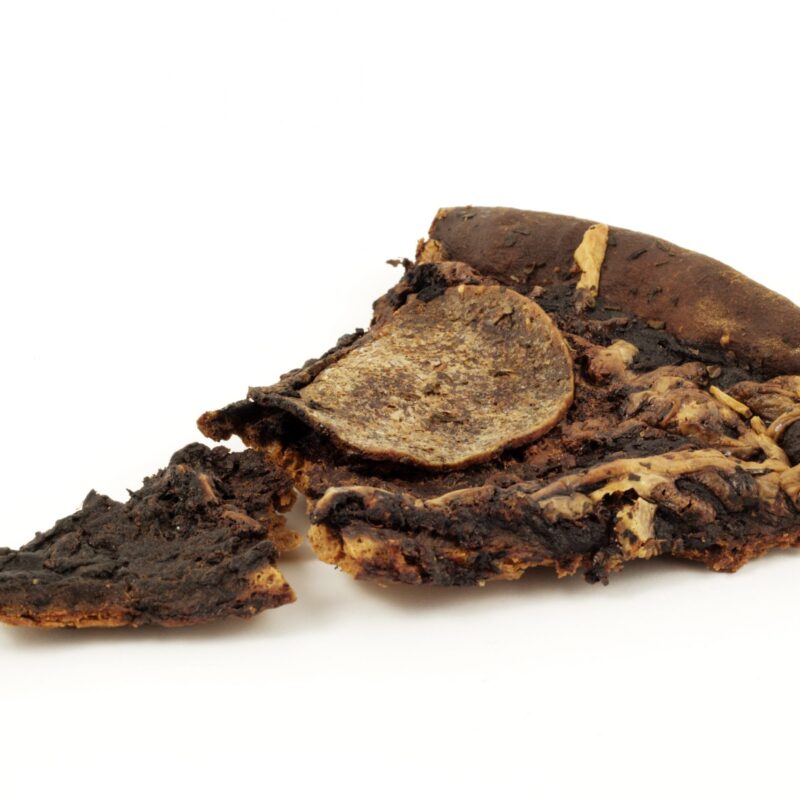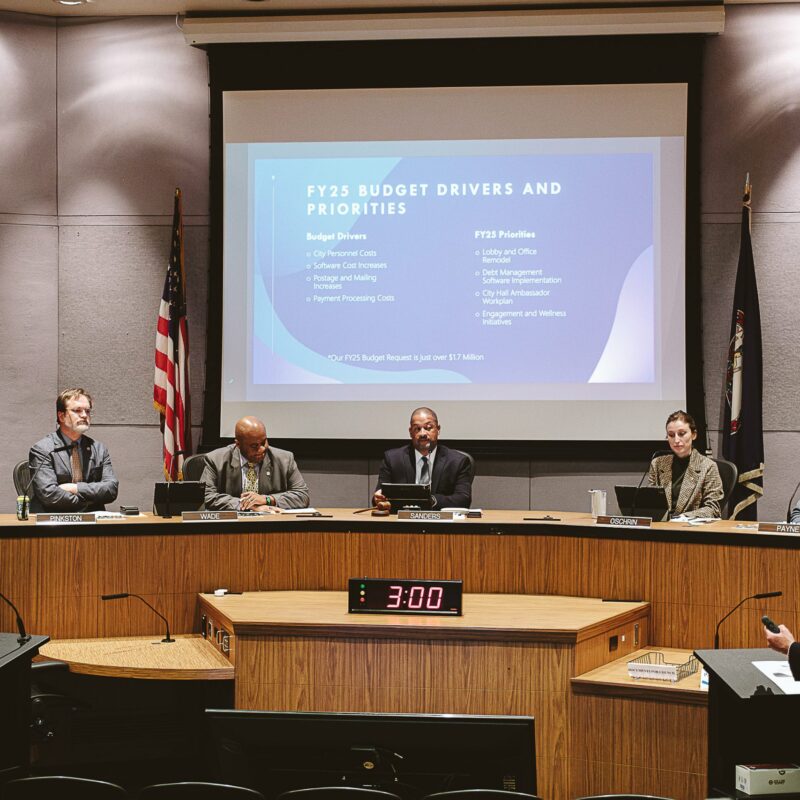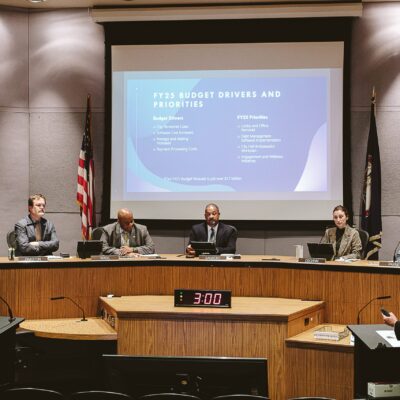Dear Ace: What was the Lafayette Theater? I have heard about it but don’t know what it was, where it was or when it was. Makes sense that we’d have something named that around here, since T.J. and the Marquis were great friends. Could you fill me in?—Frank O’Fohn
Dear Frank O’ Fohn. Ah yes, the Lafayette. Ace recalls lazy summer afternoons spent trapping crawdads down at the ol’ fishin’ hole and catching the new Tom Mix moving picture down at the Lafayette Theater, before—wait, no, that would’ve been decades before Ace was born. So then what the hell was the Lafayette Theater? Ace took a trip over to the Albemarle Charlottesville Historical Society to investigate.
In December 1919, the Kendler-Zimmerman Company announced that they wanted to open what would be “the most modern moving picture theater of its kind in the South” on the old 100 block of W. Main Street. What to name this marvel of technology? For that, the company went to the people, offering a contest to christen their new attraction. The winning entrant would receive the princcely sum of $20—in gold, no less. Four area residents had the same cutesy idea: to name the theater after T.J.’s buddy because “they felt that ‘Lafayette’ was a very appropriate name to be linked with that of ‘The Jefferson’”—the Jefferson being the only other modern, non-burned-down movie theater in Charlottesville at the time.
The Lafayette opened on January 7, 1921 to much fanfare. (Apparently it was a slow news day; another headline from that day’s Daily Progress read, “[President] Harding has quiet day.”) The 1,000-seat theater somehow accommodated the 2,000-plus people who poured in to attend the grand opening of the “$150,000 picture palace,” and “nothing but praise was heard of the new structure, which seemed the last word in movie theater construction.”
So what happened to this movie palace, a beacon of modern technology, beautiful furnishings (if Ace had had a nickel for every time an article about the then-new Lafayette used the word “bronze,” “ivory,” or “gold,” he could have caught quite a few features at said theater) and comfort? Well, it was replaced by more modern, more beautiful and more comfortable theaters. The Paramount came along in 1931, and by the time the University Theater opened in 1937, the Lafayette was relegated to playing whatever B-movie Westerns it could get its hands on. It hung on until July 5, 1959, when it was closed for the summer and never reopened. By the next summer, it was demolished to make way for a department store. Where that department store stood is today the York Place shopping plaza on the Downtown Mall. So, Frank, should you find yourself in conversation with an older Charlottesville resident, now you’ve got something to talk with them about other than the weather.





